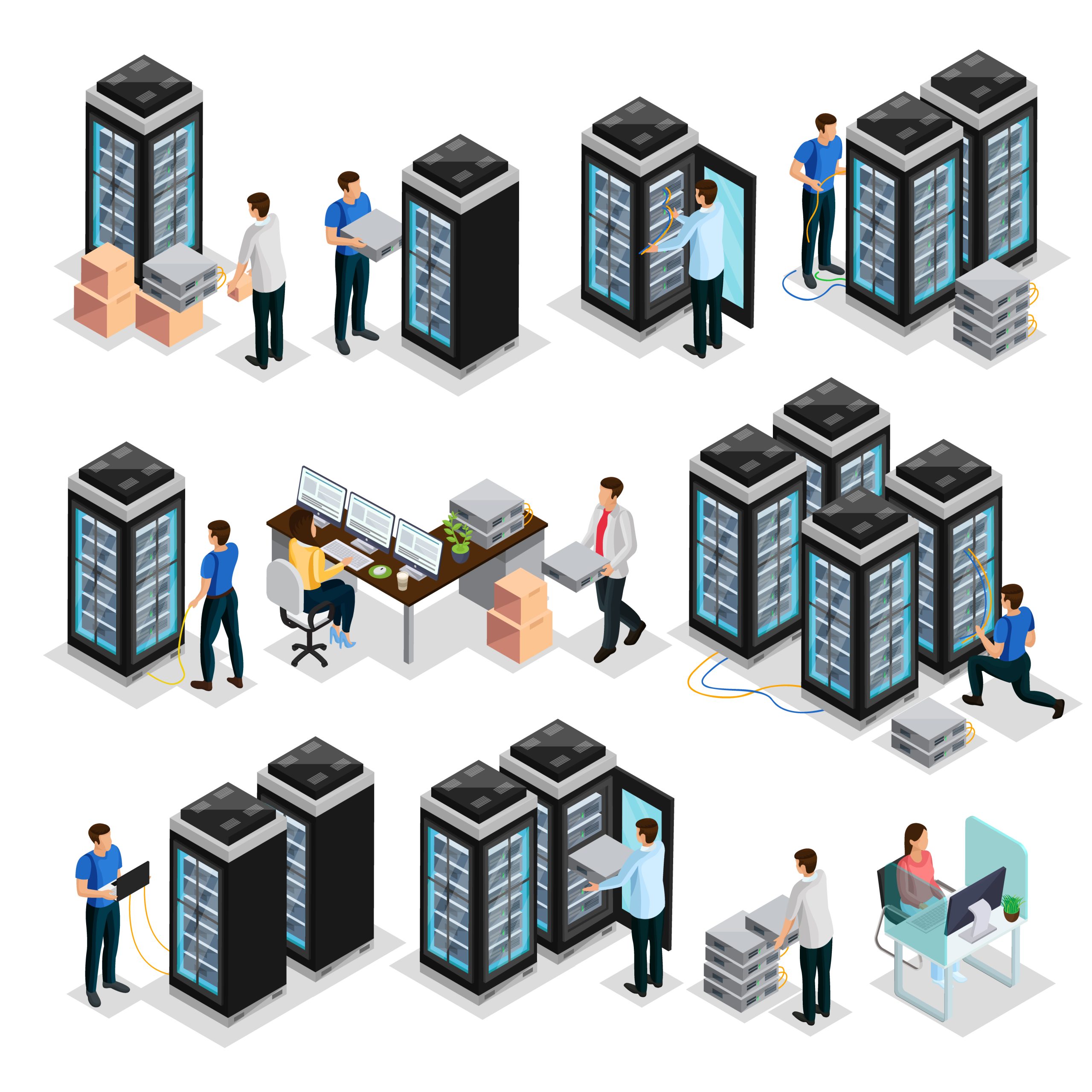There are thousands of websites and applications online targeting the same customers you are trying to woo. If your website or application is slow or experiences frequent downtime, you are guaranteed to lose business. That is why server optimization is critical to the success of any business. Most organizations depend on cloud-based resources to carry out daily operations. Downtimes and other issues related to poor server management can greatly affect operations and even lead to loss of money. As a result, most organizations and businesses invest heavily in IT infrastructure especially as regards servers, whether it is in-house or on the cloud.
To improve the performance of servers, a business must invest in human resources and essential tools that help in managing the server. Experienced server administrators use special software to monitor the performance of the server daily. This is the only way to accurately determine the features of the server that must be optimized. Most server monitoring software provides automatic alerts about issues that need urgent attention.
What Does Mean By a Server?
As the name suggests, servers are devices or applications that serve other computer programs over a network. Some organizations have in-house server infrastructure, while others depend on virtual or cloud-based servers. Most organizations are turning to cloud-based computing solutions to cut costs, take advantage of new technologies, and improve efficiency. It is important to note that virtual servers are hosted in a physical location. They are called virtual because the organization that uses the virtual server doesn’t have to invest in the construction and maintenance of the physical infrastructure.
Most applications or software you have on your phone, computer, tablet, and other devices are hosted on a server. When you make any request within the app, it is sent over the network to the server and you receive the response from the server almost instantly. Requests include several actions like retrieving files saved on the cloud, clicking a website link to get information, sending files to other users, etc. The time it takes for the server to respond to your request is called server speed. Sometimes, you may try to access an app or website and you get an error notification, many times, this happens because the server is experiencing downtime. In simple terms, it is the duration when a server is not operating.
What is Server Optimization?
This is a technical process that involves configuring applications, enhancing data processing, improving security, and monitoring other features of the server to enhance speed and reduce downtime. Such processes are carried out by server administrators and a set of server management tools and software. In a world where speed is becoming the norm, users expect quick responses to requests. No one is going to stay around and wait for your pages to load, they’ll simply go to your competitor. And, several teams within organizations depend on the speed and reliability of servers to perform daily tasks.
Tips to Increase Server Speed and Performance
- Make necessary application server settings
- Get a reliable provider
- Deactivate services you are not using
- Use the advanced hard disk
- Optimize databases for speed
- Optimize Website Images
- Deactivate redundant plugins
- Decrease the distance between the server and end users

Make necessary application server settings
The application server hosts applications used by organizations and other users. Users can gain access to data on the network through the application servers. They help in balancing the load. Change it to match site load and also activate cache. This will help to redirect traffic and as a result, reduce downtime and other related issues.
Get a reliable provider
There is a lot you can do to improve the speed and performance of your server, however getting a reliable hosting company saves you from all the headaches. You may also check for reviews online about the performance of different providers.
Deactivate services you are not using
Servers have several features, some of which you may never use. Look through different features or services offered by your server and disable the ones you don’t need. If you are not well conversant with how servers operate, consult customer service so that you don’t mess with critical server features. You may also schedule certain programs to run during less busy hours, for example, you may schedule backups to be done during times when few users are on the site. This reduces the load on the server and improves speed.
Use the advanced hard disk
The level of performance of your hard disk greatly determines how your server runs. They help to handle the flow of data within the network. If you have a weak or small hard disk, it may get overloaded. We now have powerful SSD storage disks that can help you in reducing load time.
Optimize databases for speed
There is always something going on within the database, new information is being added and old information is being deleted. You must constantly defragment your databases.
Optimize Website Images
The size of an image on the webpage greatly determines how fast a page loads. Reducing the size of images will help reduce the load on the server and therefore your page will load faster.
Deactivate redundant plugins
If you are using a WordPress website, there are chances that you have some active plugins that you may not need. However light a plugin may be, as long as it is running, it increases the load on your server. Delete idle plugins.
Decrease the distance between the server and end users
The distance between the location of the server and the end-user has an impact on how fast a user receives responses to requests. Analyze your traffic to find out where most of your users are located. Then migrate to a server that is near them. However, this may be very difficult if you are using an in-house server.
Conclusion
The server speed must be given utmost priority by hosting providers, organizations, and website owners. No one is going to stick around and white for your heavy webpage to load. Organizations that improve server speed see increased customer satisfaction, which leads to increased revenue. As the number of users on your website or network increases, you must frequently monitor your servers’ performance. Different metrics about functionalities of different features of the server help you detect and rectify problems. It is not difficult or expensive to optimize the server for speed and performance.
































































